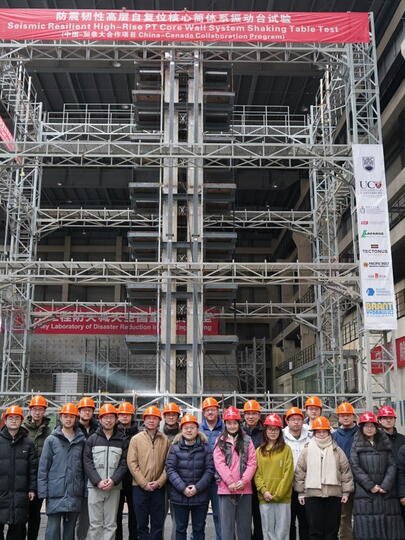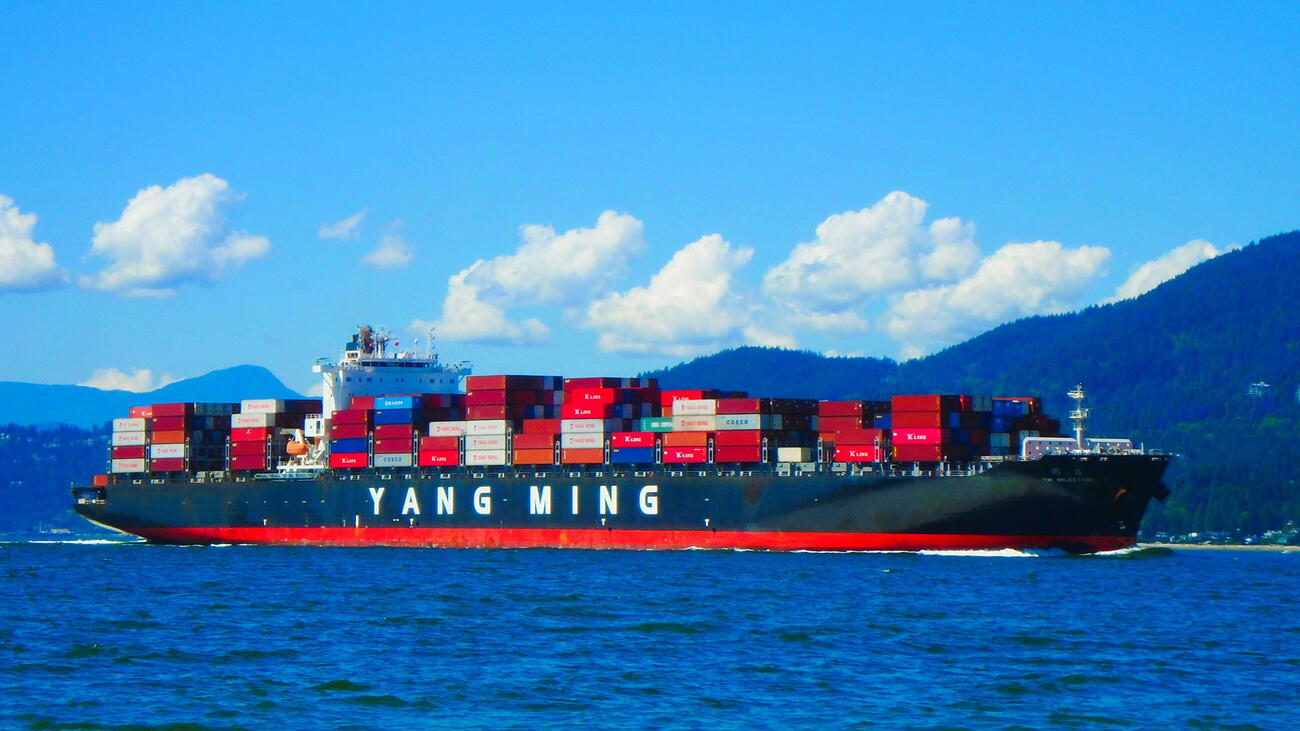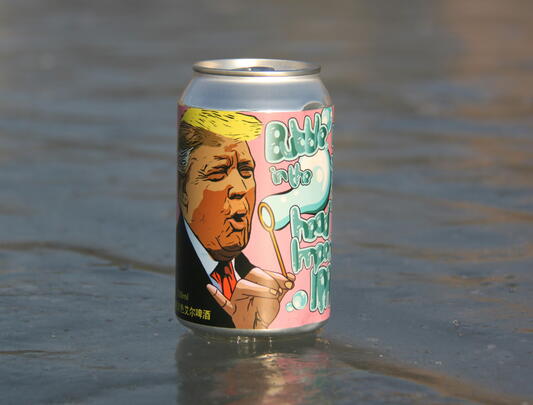What’s next for Canada in the tariff landscape?
Two months after US tariffs took effect, UBC Sauder’s Sam Roscoe breaks down the impact on Canadian industries — and what’s needed to stay competitive.
It’s been over two months since US president Donald Trump introduced tariffs on trading partners around the world. The US has eased tensions with some — reaching a 90-day tariff truce with China and finalizing a new deal with the UK to lower tariffs on steel and automobiles. For Canada, which continues to face tariffs on steel, aluminum, and other goods, these developments raise important questions.
Signs of progress emerged after a recent meeting between Prime Minister Mark Carney and President Trump, but significant uncertainty remains. UBC Sauder School of Business lecturer Sam Roscoe, an expert in geopolitical risk and supply chains, explains how these shifting dynamics could affect Canadian businesses.
What have been the biggest direct impacts on Canadian businesses since Donald Trump first introduced these tariffs?
The biggest impacts have been in Ontario’s auto sector, where plants like Stellantis have seen slowdowns and temporary layoffs. That pressure has started to ease with two major changes: The US has removed tariffs on auto parts covered under USMCA, and it has ended the practice of “stacking” tariffs — so parts crossing the border multiple times will only be taxed once. This brings much-needed stability to the Canadian auto-supply chain.
That said, tariffs still apply to parts and finished vehicles from outside USMCA countries, so prices are continuing to rise. GM also recently announced it will cut the third shift in Oshawa, affecting 700 workers.
Other sectors are feeling the strain too. There are growing layoff risks in BC’s softwood lumber industry, and both the steel and aluminum sectors are beginning to see pressure on jobs. The broader issue, though, is uncertainty about the US economy. A potential recession there has caused many Canadian businesses to freeze hiring and investment, which could drive up unemployment here and lead to recessionary effects in Canada.
What have been the impacts on Canadian consumers?
Because of the way the retaliatory tariffs have been positioned, we’re not seeing immediate price impacts except on cars and things like home renovations that involve steel, aluminum, and softwood. For typical consumer goods, we haven’t seen a big spike yet — but I expect that in three to six months, as the tariffs ripple through the supply chain, we will see canceled orders and shortages.
I would also expect that, as US companies are paying higher prices, they are going to begin raising their prices on all the intermediary parts that Canadian companies use. So, if we are building things like appliances or motorboats or motorcycles and sourcing products from the US, the price inflation in the US will have a ripple effect into Canada.
What can Canada’s new federal government do to mitigate the impacts?
What I am calling for is a coherent industrial strategy. I see some spending on extracting natural gas and oil and sending it to other markets, which is a good start. What I’m not seeing is a cohesive strategy that says, “We need to invest in moving Canadian businesses up the value chain.” We need to invest in Canadian businesses like softwood lumber and support them in building better facilities so they can turn lumber into furniture, or timber that can be used in construction, instead of just sending it down to the US to be processed.
When you have higher value products, it’s easier and more cost efficient to ship those to more distant locations, because the cost of transport is relatively less due to the higher value of the product. Then it makes more economic sense to look at alternative trading partners, rather than just the US.
What role do trade agreements play — and how realistic is diversification with countries like China and India?
There was little mention in election platforms about finalizing trade agreements with India or China. We’ve been negotiating with India since 2010, and a potential deal with China has been on hold since 2016. These talks often stall for political reasons, and I’m not seeing leaders push for diversification as a core part of our industrial strategy.
China, in particular, is now actively pursuing trade deals with partners like the EU, so there’s no reason they wouldn’t consider one with Canada. We need to move past the idea that China is the enemy. In reality, it’s looking like a more stable trading partner than the US — which I never thought I’d say. India remains in our top six trading partners, and we’re already doing business with both. Why not formalize that and make it more economically feasible?
The companies doing well right now are those that moved quickly — selling more within Canada or exploring new markets like Europe, China, and India. Diversification is key. The BC government recently committed $11 million to expand the mass timber sector, including a major investment in a Nelson-based facility. That’s a smart step toward adding value locally, but the scale needs to grow.
Businesses need to push for more support, and policymakers need to work with industry to identify target markets and move trade deals forward — whether with China, India, or elsewhere.



























